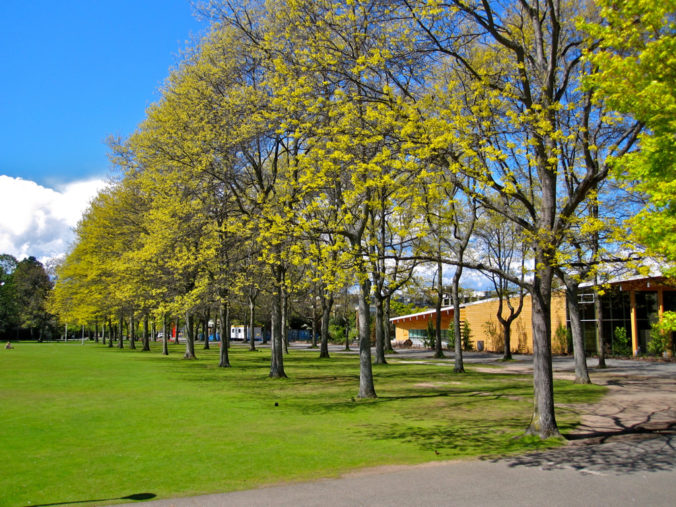What is a digital identity?
Digital identity is a new concept of identity based on the Internet, where the sum of all the information available online about a person is the key to form that individual. Everything people put on the Internet, article, picture, blog, etc. that they post is part of their digital identity. This also leads to the fact that digital identities are diverse, so that people can also create a digital identity that is completely different in the real life by deliberately fabricating information.
On the other hand, digital identities also include digital sovereign identities, such as digital IDs, which are issued and administered by the government. Residents can upload their IDs to official platforms and present them in case they forget or lose their physical IDs.
How do personal versus professional approaches to digital identity affect social media use?
People enter social media, whether in a personal or professional digital identity, they search of a sense of community and belonging. People look for communities of their interest or related professions on social platforms and find like-minded friends or professionals and exchange their ideas.
When people enter social media with personal digital identity, they are entering a casual space. In this casual space, they are free to express his opinion, although this freedom of communication sometimes leads negative consequences, such as cyberbullying. However, when people enter social media with digital professional identity, they are more focused on academic research. People communicate professional ways and means on social media and provide valuable information to others in a professional capacity.
How do digital identities converge in networked publics – what are the impacts and/or benefits?
Compared with traditional identity, digital identity has greatly improved the efficiency of government work, enhanced effective communication between government and citizens, and also solved the problem of missing identity for some citizens.
During COVID-19, electronic passes were implemented in many countries and applied in many industries such as transportation and catering. Users can obtain basic personal information, vaccination records, and nucleic acid testing records by simply scanning a QR code. Despite complicating daily life (you need to keep showing your QR code), it has effectively safeguarded people’s health during the pandemic. However, the popularity of digital identity has also brought information security issues. In the event of a data breach on the platform where the data is stored, a serious information security incident can occur.


Recent Comments